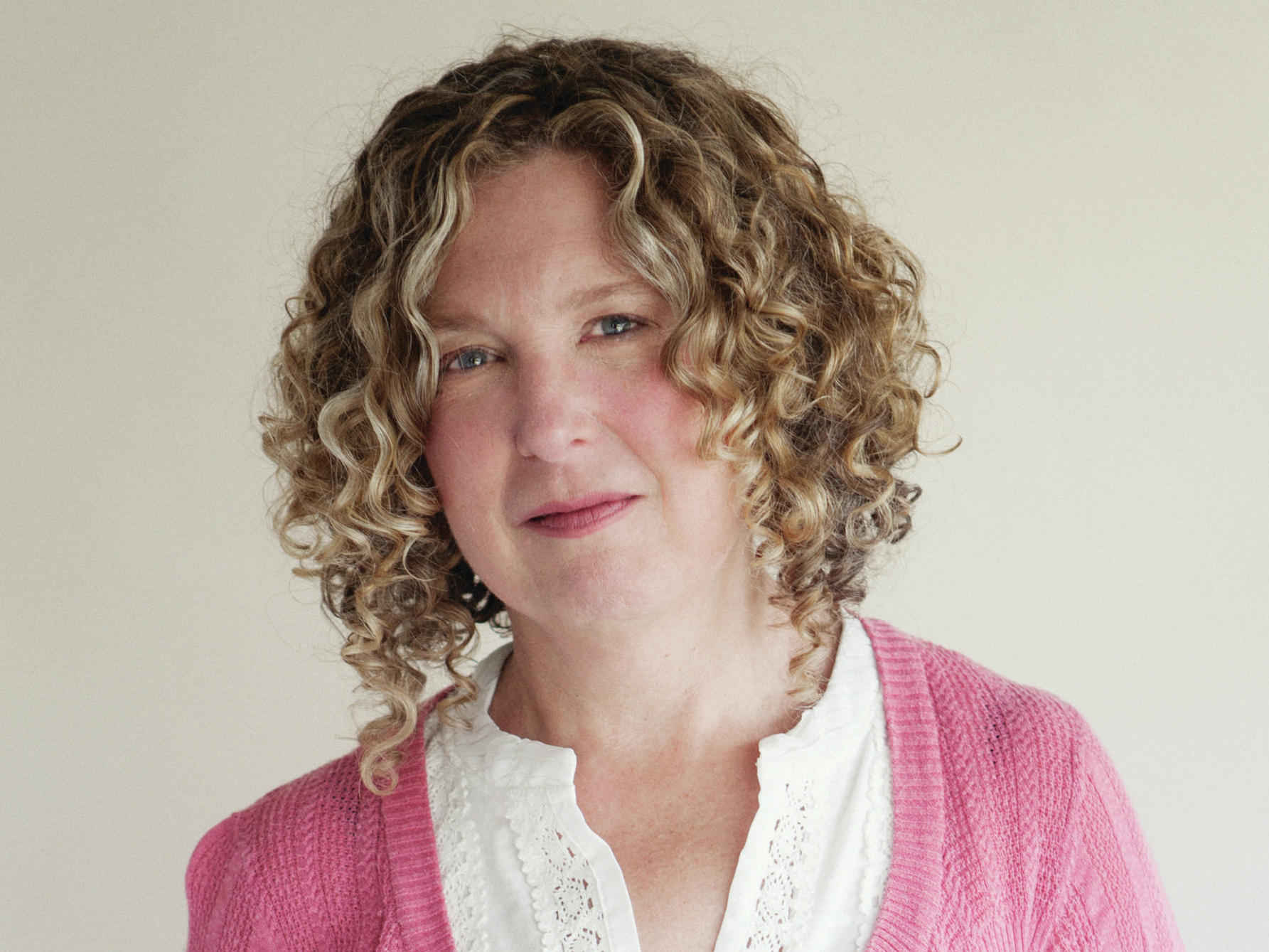
If anything, it had intensified, extending younger (and, as the unnaturally smooth brows of midlife women attest, stretching far later). At the same time, the push to make their appearance the epicenter of their identities did not seem to have abated one whit. It was confusing: images of girls’ successes abounded-they were flooding the playing field, excelling in school, outnumbering boys in college. The nerve!) Really, though, my bitching was a form of bragging. (The other females among Sodor’s rolling stock were passenger cars- passenger cars -named Annie, Clarabel, Henrietta, and, yes, Daisy. I complained to anyone who would listen about the shortsightedness of the Learning Curve company, which pictured only boys on its Thomas packaging and had made “Lady,” its shiny mauve girl engine, smaller than the rest. On her first day of preschool, at age two, she wore her favorite outfit-her “engineers” (a pair of pin-striped overalls)-and proudly toted her Thomas the Tank Engine lunchbox. For a while, it looked as if I were succeeding. I wanted her to be able to pick and choose the pieces of her identity freely-that was supposed to be the prerogative, the privilege, of her generation. I was committed to raising her without a sense of limits: I wanted her to believe neither that some behavior or toy or profession was not for her sex nor that it was mandatory for her sex. From premature sexualization to the risk of depression to rising rates of narcissism, the potential negative impact of this new girlie-girl culture is undeniable-yet armed with awareness and recognition, parents can effectively counterbalance its influence in their daughters' lives.ĭaisy was, of course, the most beautiful baby ever (if you don’t believe me, ask my husband). The stakes turn out to be higher than she ever imagined. In search of answers, Peggy Orenstein visited Disneyland, trolled American Girl Place, and met parents of beauty-pageant preschoolers tricked out like Vegas showgirls. But how dangerous is pink and pretty, anyway? Being a princess is just make-believe eventually they grow out of it. And commercialization has spread the message faster and farther, reaching girls at ever-younger ages. Somewhere between the exhilarating rise of Girl Power in the 1990s and today, the pursuit of physical perfection has been recast asthesource of female empowerment.

Sweet and sassy or predatory and hardened, sexualized girlhood influences our daughters from infancy onward, telling them that how a girl looks matters more than who she is. Peggy Orenstein, acclaimed author of the groundbreaking New York Times bestsellers Girls & Sex and Schoolgirls, offers a radical, timely wake-up call for parents, revealing the dark side of a pretty and pink culture confronting girls at every turn as they grow into adults.


 0 kommentar(er)
0 kommentar(er)
